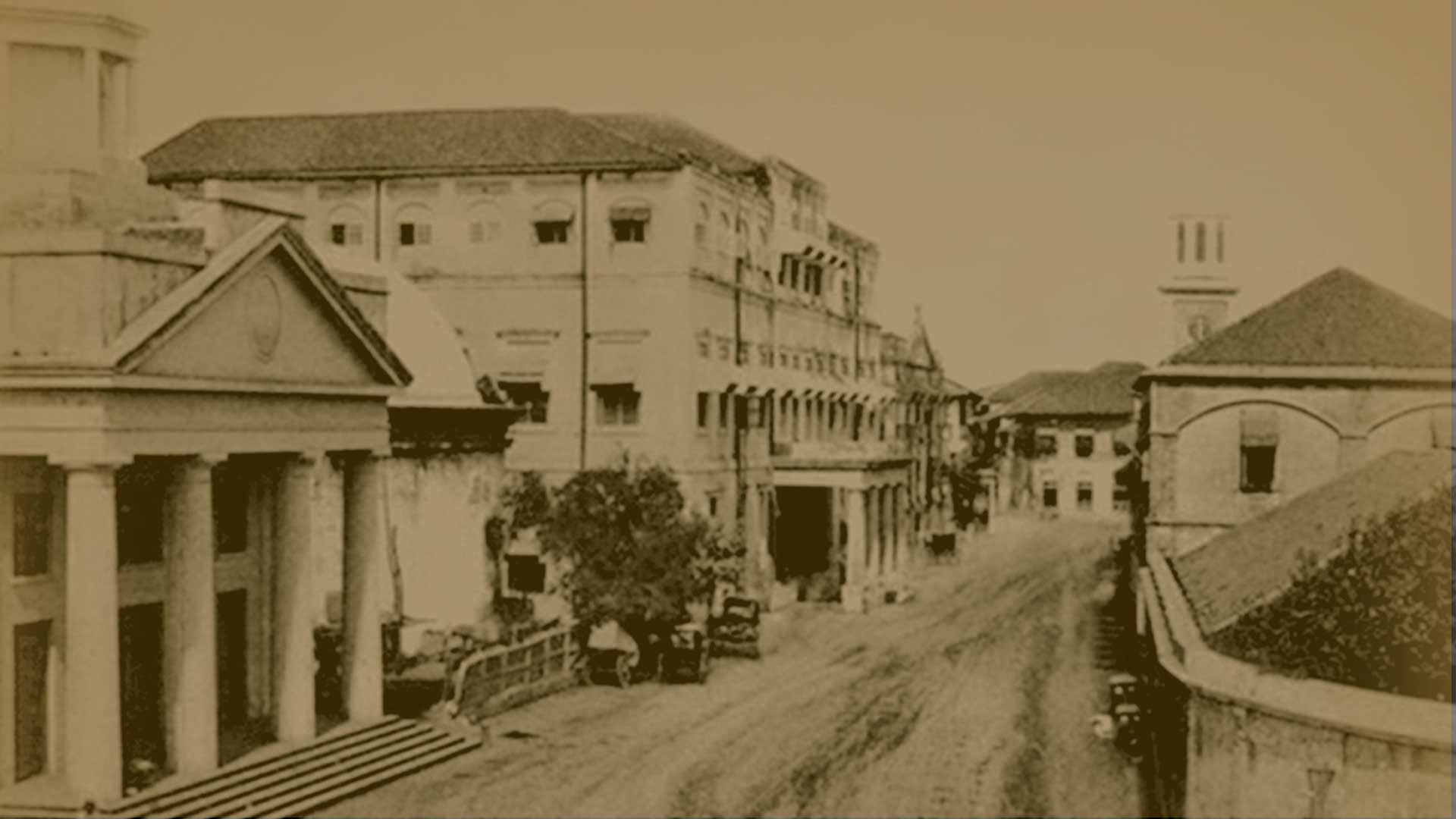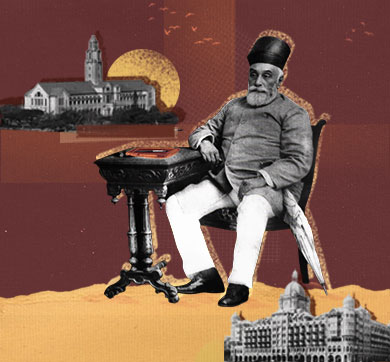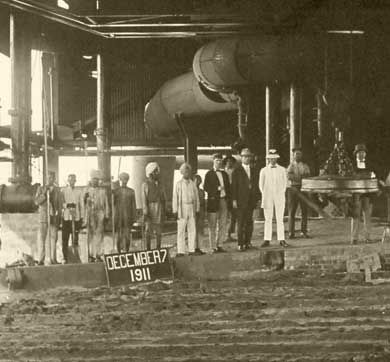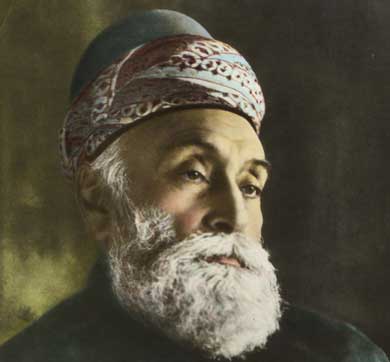Mar 3, 2019 | 1000 words | 4-min read
While some of Jamsetji's other experiments did not acquire the scale of his other businesses, they were ahead of their time. The following extracts from Jamsetji Nusserwanji Tata: A Chronicle of his Life, by Frank Harris, published in 1925, give us a glimpse into his mind.
Shipping
Mr Tata had long been disturbed by the high freightage charged by the steamship companies for the carriage of cotton goods, yarn and other goods. His active mind was considering the possibility of making India her own carrier to the Far East, for the cost of carriage, due to lack of competition, made considerable inroads upon the profits of the Indian mills, and though Mr Tata was mindful of his own interests, he saw the benefits which would accrue to India if she developed a mercantile marine.
While in Tokyo he saw the Directors of the Nippon Yusen Kaisha line, who were ready to compete in the China trade, provided Mr Tata was prepared to take an equal risk, and run steamers of his own. He signed an agreement with the NYK for the carriage of Indian cotton goods at cheaper rates.
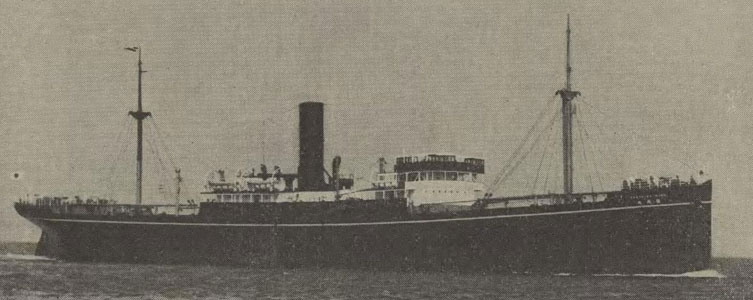
After leaving Japan, Mr Tata travelled first to Canada, and thence to America, where he visited the Chicago exhibition. He then proceeded to England. As soon as he arrived in London he chartered an English vessel, the Annie Barrow, at the rate of £1,050 a month. He decided to build up a line of his own, and began to work with great spirit, and with hopes which were unhappily frustrated. ‘I suggest that it be called the Tata Line,’ he wrote to his sons, ‘so that it may serve as an incentive to our family to make it a permanent one, as far as it may be in our power.
Sericulture
During his travels in France and Italy, Jamsetji had, with his usual ardour, studied and seen something of the cultivation of the silkworm. He regarded it as suited to the conditions in India, for it was a cottage industry, well-adapted to a small district. His visit to Japan in 1893 convinced him that scientific sericulture on Japanese lines could be extended to his own country.
Mr. Tata was convinced that the introduction of a trade in which the Japanese excelled would be of direct benefit to his own countrymen. On his return to India, he selected for his silk farm, a site in Mysore, a state which, through the influence of the Dewan, Sir Sheshadri Iyer, always lent a ready ear to his schemes. The temperate climate around Bangalore, somewhat resembling that of Japan, was especially adapted to the rearing of the silkworm, of which a healthy variety was indigenous to the neighbourhood, and could be cultivated and improved.
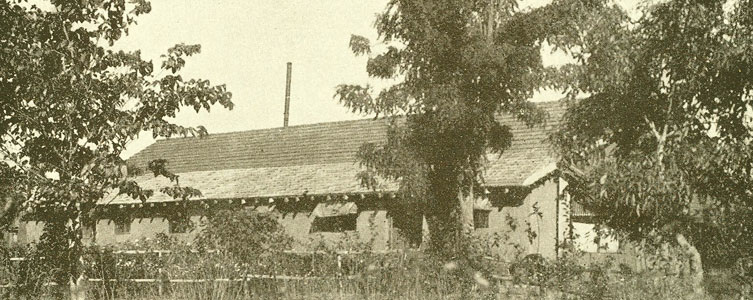
As early as the time of Tippoo Sultan (sic) there had been a flourishing silk trade in Mysore, and it was still carried on in several villages around the capital. Mysore silk was well-known, and had often been exported to Europe.
Encouraged by the Mysore Government, Mr Tata, after buying the necessary ground, endowed and subsidised a small farm where Indians were enabled to study the growth of the mulberry tree, the rearing of the silkworm, the treatment of the diseases which affected it, the care of the cocoon, the reeling of the silk, and its proper preparation for the market.
Egyptian Cotton
A less successful venture which Mr Tata made was an attempt to encourage the growth of Egyptian cotton in India. It seemed to Mr Tata that the Government had by no means exhausted the possibilities of cotton cultivation, and as he said, ‘any experiments that have been tried have not been under suitable conditions’. He made this assertion in a memorandum which he published in 1896, and republished in 1903 upon the growth of Egyptian cotton in his country.
He reviewed the state of the cotton industry in India, which he contemplated, as he said, with great anxiety. He saw, too, that the ‘infant prodigy, Japan’, was becoming a serious competitor in the China market, while Germany, Austria, and Belgium, as well as England, were flooding India with their manufactured goods.
His remedy was the cultivation of Egyptian cotton. For the higher class of goods, the use of exotic cottons was necessary. ‘If India,’ argued Mr Tata, ‘were enabled to grow for itself the long-stapled varieties, she would derive immense benefit in three different directions: such an expansion would assist agriculture, conserve the money of the country and improve the exchange. Of course,’ he added, ‘all this is not to be attained in a year or even half a dozen years; but if the cultivation of Egyptian cotton proves at all feasible, it may be the means of solving one of the greatest problems of the generation.’
Mango trade and cold storage
On their estate at Navsari, both Jamsetji Tata and his father had cultivated the mango on a considerable scale.
Outside Bombay the fruit was grown in fair quantities, but only for the local market. There was, however, no export trade, and in 1899 Mr Tata made a few inquiries as to the possibilities of its development. For several years he had been accustomed to send small consignments of the fruit to his friend Sir George Birdwood. The success of his own consignments had encouraged Mr Tata in the idea that a new and profitable trade might be established between Bombay and London. For many years the P. and O. had experimented in tentative fashion upon the best methods of carrying the mango. Finding that the results of the experiments were unsatisfactory, and the cost somewhat heavy, Mr Tata put aside the venture as unprofitable both to his country and his farm.
At the same time that he was investigating the mango trade, Mr Tata had in hand his project for installing cold storage in Bombay. He bought an ice-house from an American Company (pictured at the top of this page), to be used for the preservation of fish, fruit and meat but his project failed for lack of public support.
He was ahead of his times; another 20 years were to elapse before Crawford market (a wholesale fruit and vegetable market in Mumbai) was equipped with adequate refrigerators and cold storage.
Source: Jamsetji Nusserwanji Tata: A Chronicle of his Life, by Frank Harris, 1925




